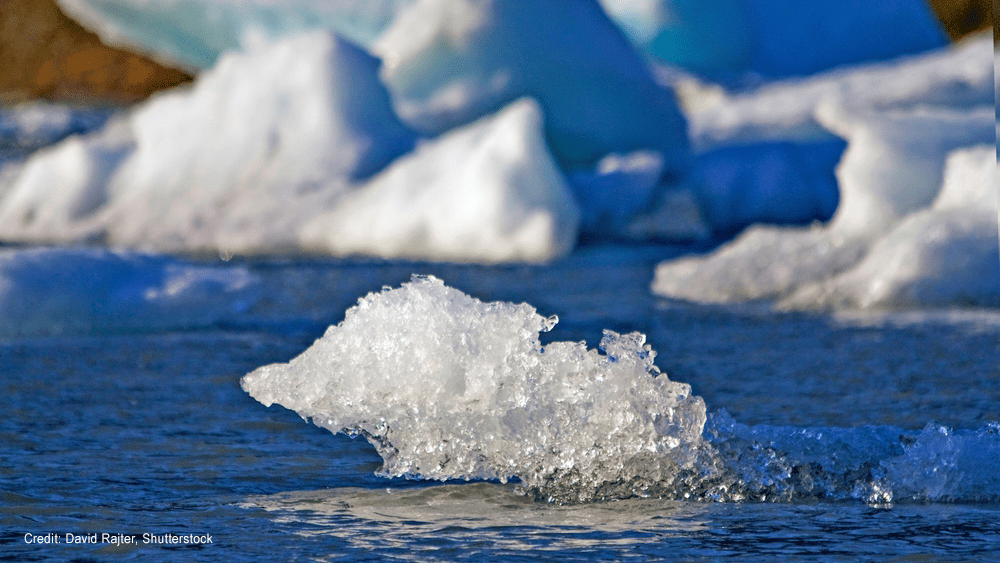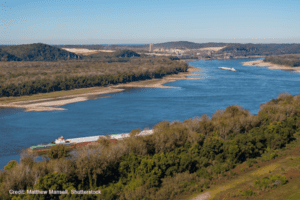
Feb 05, 2025 Is the World Running Out of Fresh Water?
Over the years, the United Nations (UN) has faced significant criticism of its operations; however, the various UN organizations deserve praise for their valuable and engaging reports and analyses on key global issues. The World Meteorological Organization (WMO) recently launched a series of reports on the global freshwater situation. The first report, which covers data from 2021, was published in November 2022. Since then, the WMO has produced two additional reports for 2022 and 2023. The latest report also features a Storymap that provides easy-to-read summaries and numerous appealing infographics illustrating the status of freshwater resources in different regions worldwide.
 A recent infographic reveals that global river flow is at its lowest level in the past 33 years. Half of the world is experiencing below-normal river flow, with the Amazon and Mississippi rivers in the Americas recording historically low water levels. In a 2023 report, the World Economic Forum (WEF) reported that these low water levels have disrupted the transportation of goods via rivers in Europe, China, and the Americas, resulting in increased transportation costs and interruptions to river traffic.
A recent infographic reveals that global river flow is at its lowest level in the past 33 years. Half of the world is experiencing below-normal river flow, with the Amazon and Mississippi rivers in the Americas recording historically low water levels. In a 2023 report, the World Economic Forum (WEF) reported that these low water levels have disrupted the transportation of goods via rivers in Europe, China, and the Americas, resulting in increased transportation costs and interruptions to river traffic.
The report highlighted that Europe is facing its worst drought in 500 years, while the Southwest USA is amid a 22-year drought, marking its driest period in 1,200 years. The Yangtze River has recorded its lowest levels in China since 1865, leading to halted shipping and disrupted hydroelectric generation. Conversely, the East Coast of Africa, the North Island of New Zealand, and the Philippines have experienced severe flooding, while river flow in Scandinavia and the UK has been above average. Climate change is also affecting the world’s glaciers, which lost more than 600 gigatonnes of water in 2023, the highest figure in 50 years of observations. As glaciers melt, there will come a point when the amount of meltwater released will diminish – passing what is known as “peak water.” According to the WMO, observed summer ice loss in Europe, Scandinavia, the Caucasus, Northwestern Canada, Southwest Asia and New Zealand have already passed peak water release. The Southern Andes, the Russian Arctic and the Island of Svalbard are still recording increasing meltwater release.
Climate change is linked to severe droughts and devastating floods impacting freshwater dynamics. WMO Secretary-General Celeste Saulo stated, “Water is the canary in the coal mine of climate change… and yet we are not taking the necessary urgent action.” Much remains unknown about the actual state of the world’s freshwater resources.


